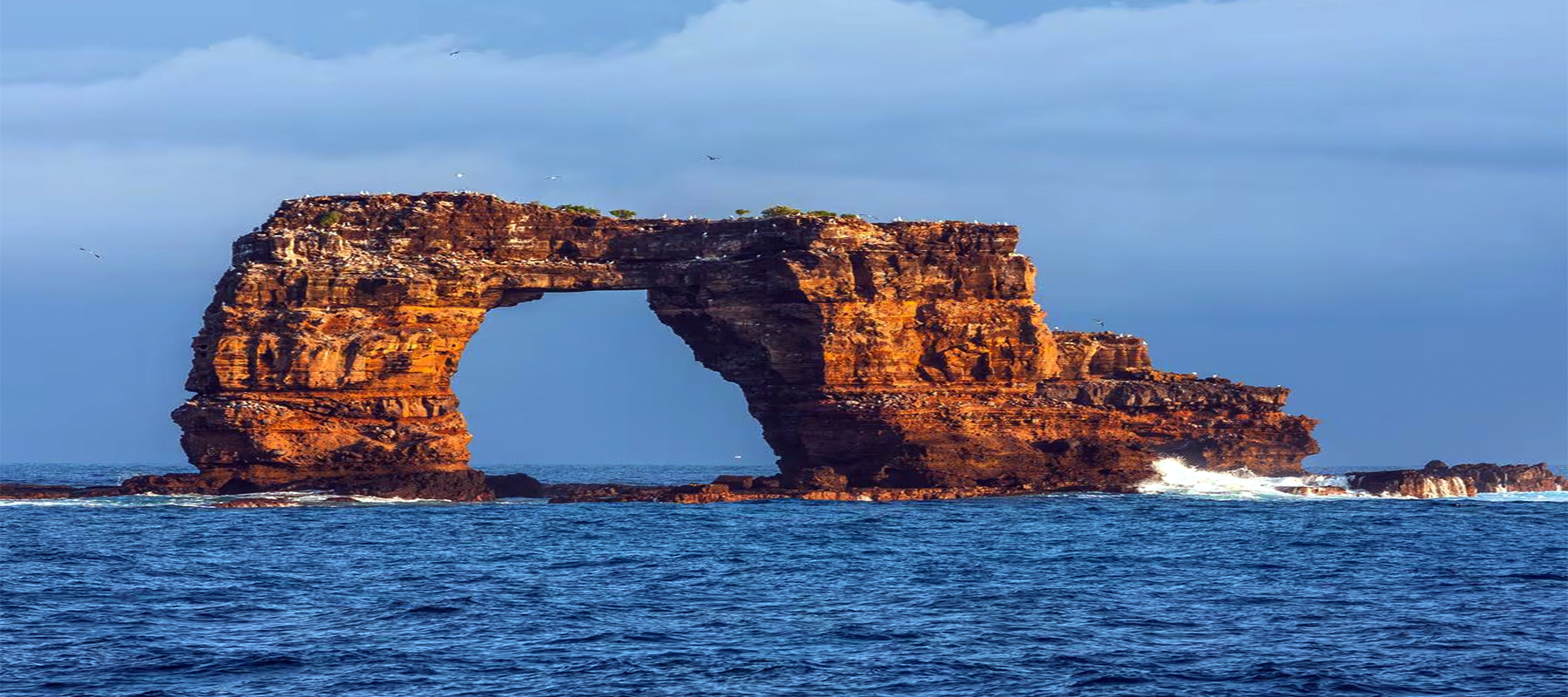
Islands & Beaches
After Its Famous Collapse Into the Ocean, Take a Look at This Galapagos Arch
a
by Michael Palin
12-07-2024

Islands & Beaches
a
by Michael Palin
12-07-2024
The Ecuadorian government has stated that natural erosion is the most probable cause of the collapse of a well-known Galapagos arch, which occurred this week.
On Monday, the ministry tweeted that the Darwin Arch, so named, had collapsed at its apex. The northernmost Galapagos island, Darwin, was less than a kilometer away from the arch.
"Darwin's Arch is made of natural stone that at one time would have been part of Darwin Island, which is not open to visits by land," the ministry said in a Monday tweet. "The site is considered one of the best places on the planet to dive and observe schools of sharks and other species."
Per the Associated Press, the arch measured 141 feet in height, 230 feet in length, and 75 feet in width when it stood. According to Washington Tapia, director of conservation at Galapagos Conservancy, "Obviously all the people from the Galapagos felt nostalgic because it's something we've been familiar with since childhood, and to know that it has changed was a bit of a shock" (The AP). "But if you look at it through a scientific lens, it's just a normal aspect of things. Exogenous processes, such weathering and erosion, which occur naturally on Earth, are undoubtedly to blame for the decline.
One of the greatest opportunities to witness the unique environment that makes the Galapagos famous is on one of the several cruises that sail there. The U.S. Embassy & Consulate in Ecuador has announced that American travelers with documentation of a negative COVID-19 test are currently allowed to visit the islands, which are located around 600 miles off the coast of Ecuador.
There have been previous instances of beloved natural rock formations collapsing. After a string of earthquakes off the coast of Puerto Rico last year, Punta Ventana collapsed. The Azure Window in Malta finally gave way in 2017 following years of natural degradation.